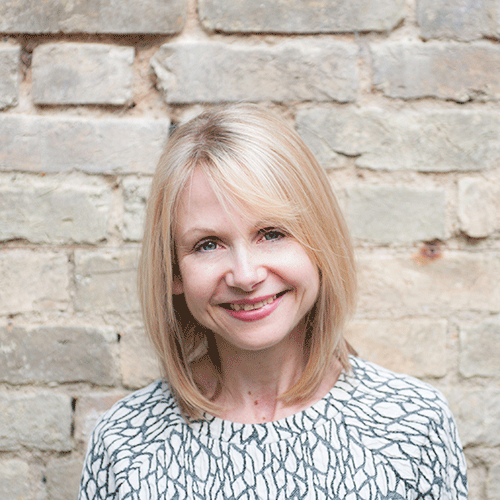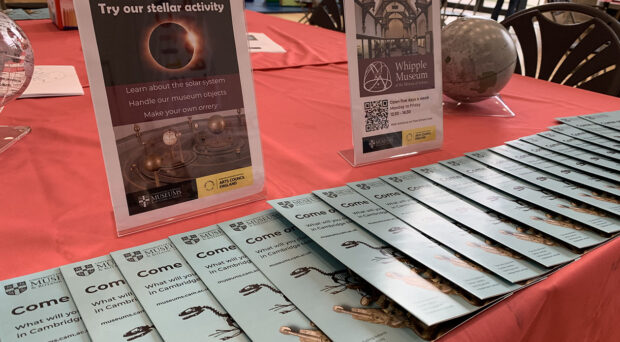This was the question the 2016 Group for Education in Museums Conference set out to address, with 120 delegates and contributors meeting at the Surgeons’ Hall in Edinburgh on 31 August to 1 September.
Scotland was well represented in the keynote addresses where speakers included Mark O’Neill, Director of Policy and Research at Glasgow Live, and Mhairi Cross, Chief Executive Officer at National Mining Museum Scotland. National Museums Scotland, around the corner from Surgeons’ Hall in Chambers Street, welcomed delegates to workshop sessions, and a drinks reception on the Wednesday evening. Also Ruth Gill, their Director of Public Programmes, gave the conference a very honest look at how transformation was achieved in their recent gallery development master plan.

The University of Cambridge Museums contributed to the programme in two sessions: Lucy Wheeler and Rosie O’Donovan from Kettle’s Yard gave an insightful member presentation into working in residence at North Cambridge Academy whilst Kettle’s Yard is closed for redevelopment. Their presentation showed how they and an international artist and the teachers and students of the school are exploring and responding to the Kettle’s Yard collection and philosophy, with a dedicated room at the school playing a big part. On day two Rachel Sinfield from the Fitzwilliam Museum was one of four panel members from around the country in a break out session entitled “Adapting and thriving through local curricula and place-based education partnerships”. This was an opportunity to outline the work that the University of Cambridge Museums is doing as part of the My Cambridge cultural education partnership.
Here Rachel Sinfield, Head of Communications and Engagement at the Fitzwilliam Museum, and Susan Miller, Events Administrator with the University of Cambridge Museums, share their conference highlights
Rachel’s highlights
Sessions that have travelled back in my mind to Cambridge with me include the British Museum’s Laura Phillips with the session she presented for the Age Friendly Museums Network called “Museums in an ageing society – challenges and opportunities”. As Laura guided our group discussions it became clear to me that embracing this broad and varied audience is not just a Learning issue, but something that departments right across each and every museum need to address. Also the final keynote address from cultural consultant Piotr Bienkowski “Why change fails – and what YOU can do about it” made a big impression. The last words on his final slide read “Change is NOT a project”!
Susan’s highlights
In addition to being back in my home ground of Edinburgh, one of the real highlights of attending this year’s GEM conference was being surrounded by such a breadth of industry professionals. I had anticipated the conference being dominated by those colleagues with direct responsibility for education and learning however, this was not the case. ‘Adapt’ and ‘thrive’ – the far-reaching themes of the conference – meant that those attending, the speeches made, and the sessions led had deep resonance for all areas of museum, cultural and heritage work.
The keynote speech delivered by Mark O’Neill, Director of Policy and Research at Glasgow Live, had a great impact on me. He talked about the need for museums and similar organisations to be more strategic in their thinking, especially if they wish to be relevant to the audiences they want to reach. We’ve all heard this before and I waited for the usual description of SWOT analyses, GROW plans and business models. What followed was simple and illuminating. Who is your organization really for? Then put them at the heart of what you do. Don’t just make them part of your outreach policy or a short term project – embed that work in all aspects of your organisation. Don’t feel you have to do everything yourself. Make strategic partnerships with groups who already have the skills and contacts to do that for you. A simple but effective message… and not a SWOT analysis in sight.







